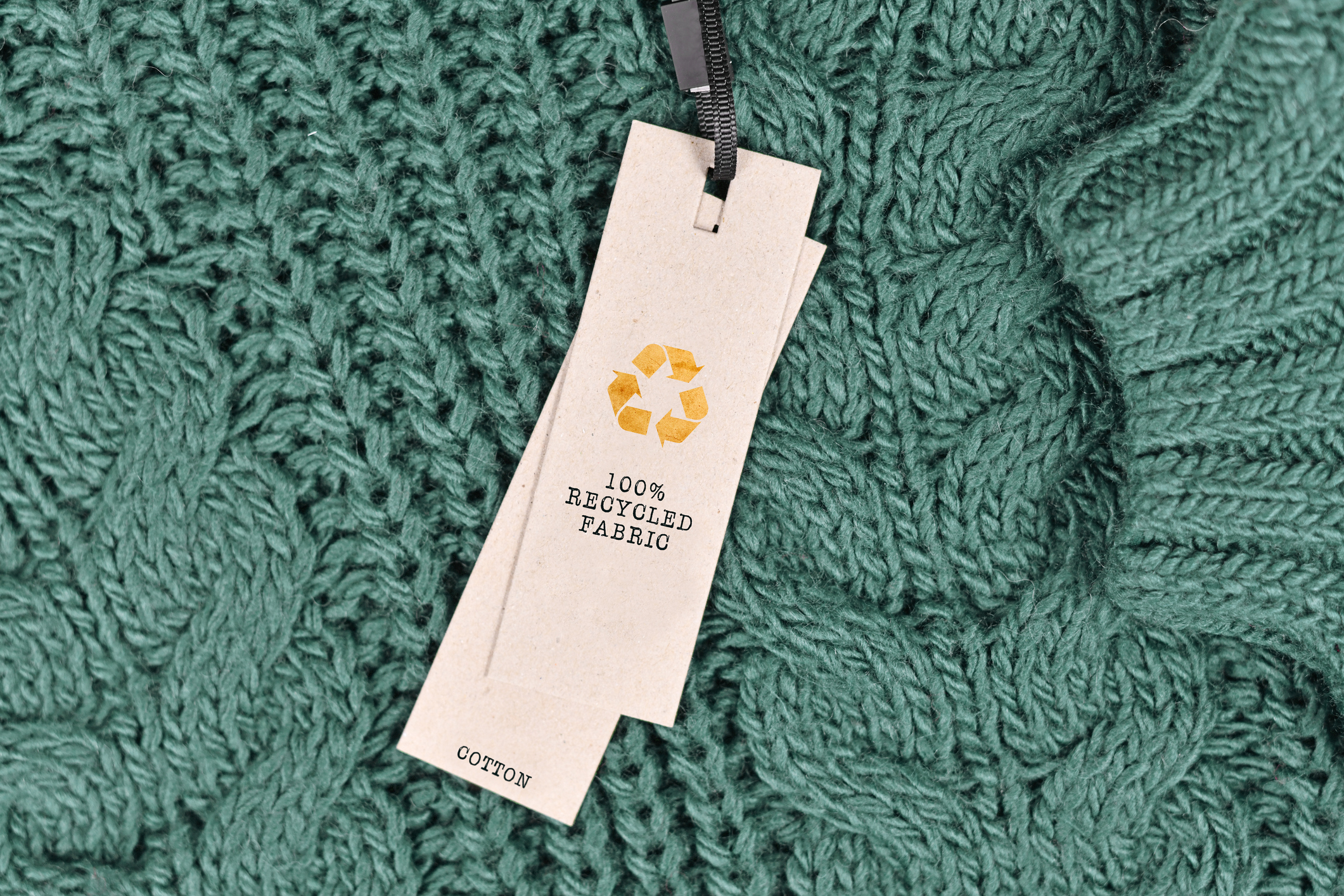A Revolution in the Industry
Sustainable fashion is much more than a passing trend. It represents a fundamental shift in how we conceive fashion and its relationship with the environment. Instead of focusing on fast and disposable production, sustainable fashion promotes quality over quantity, encourages recycling and reusing, and values social responsibility. This translates into a reduced environmental impact throughout the entire supply chain, from material production to waste management.
Reducing the Ecological Footprint
One of the most notable impacts of sustainable fashion is the reduction of the ecological footprint. Brands embracing this philosophy aim to use organic and recycled materials instead of depletable resources. Furthermore, they strive to reduce water and energy consumption in their production processes. This not only decreases pollution but also conserves valuable natural resources.
Working with Local Communities
Sustainable fashion also addresses social responsibility. Many brands commit to working closely with local communities, offering fair employment and safe working conditions. This not only benefits the individuals involved in production but also strengthens local economies and reduces the need for long and costly commutes.
The Importance of Consumer Education
Despite advancements in sustainable fashion, its full adoption largely depends on consumers. Shoppers must be aware of the importance of their choices and be willing to support brands that embrace sustainability. Consumer education plays a key role in this process, as an informed public can drive significant change in the industry.
Conclusion
Sustainable fashion is not just a passing trend but a movement with the potential to fundamentally change the fashion industry and its impact on the environment. By choosing brands committed to sustainability, consumers can contribute to reducing the fashion industry's ecological footprint and promote a more ethical approach to production and consumption. Ultimately, sustainable fashion demonstrates that it is possible to look good without compromising the well-being of our planet.



Follow Us